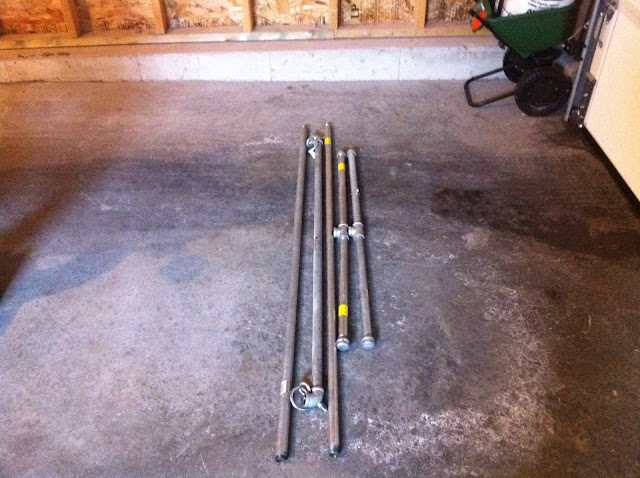I decided that rather than try and guess around blindly about how to get the engine running properly that I would just start out with giving the bike a tune-up. The Clymer manual that I have goes through a pretty detailed tune-up process and I am just starting from the beginning and working my way to the end. The first thing that the manual has you do is check the valve clearance.
Step one is to remove the breather cover.
Looks like I am going to need a gasket set.
Step two was to remove the rocker end covers remove the valve cover bolts.
After that they have you remove the points cover, the spark plug wires and the plugs and finally the valve cover comes off.
At this point they have you rotate the crank around and check the valve/cam clearances for each of the intake and exhaust valves. My feeler gauge set didn’t have a feeler gauge for the tightest tolerance but did have one for that was within the range (little larger than the tightest tolerance but smaller than the largest tolerance) this one did not slide in which means that the clearance are not too loose. I might still go get a set that goes down to the proper tight tolerance size to make sure that for some reason that the clearances haven’t tightened up (which to me seems to defy logic).
Once you check the valve/cam clearances and they check out, you can move on to inspecting the points. Referencing the diagrams in the book mine seem to be in great shape!
That is where I had to leave off for now. The visual inspection is then followed up with a check and adjustment of the points’ clearance as well as a timing adjustment. Stay tuned for that in the near future.
Thanks for reading!


























































